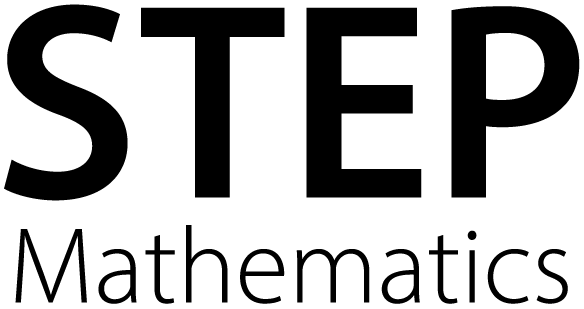Accessibility & Standards
OCR hopes to provide its web audience with a positive user-experience through its commitment to web standards, content accessibility and user-centred design.
Valid Semantic Web Markup
The markup on this site validates to the XHTML1.1 STRICT web standard as defined by the World Wide Web Consortium (W3C). Content has been separated from the presentation of this site through the use of semantic markup and cascading stylesheets.
Accessible Content
This site is AA compliant with the Web Content Accessibility Guidelines (WCAG1.0) as defined by the World Wide Web Consortium (W3C). It also conforms to Priority 1 and Priority 2 checkpoints from the draft Version2 specification of the Web Content Accessibility Guidelines (WCAG2.0 DRAFT).
To increase the size of text on this site:
- Internet Explorer: View > Text size
- Firefox: View > Text size
- Opera: File > Preferences > Fonts > Minimum font size (pixels)
Alternatively, scroll with the wheel of your mouse whilst holding down the control key.
You may also import your own stylesheet into this website.
- Internet Explorer: Tools > Internet Options > Accessibility.
Next click on any or all 3 checkboxes to ignore colours, font styles or font sizes. In the same window you can change your style sheet by clicking the checkbox that says, 'format document using my style sheet' then simply browse to your style sheet and click OK. - Mozilla Firefox: Edit > Preferences > Appearance.
You will be given the choice to specify your own colours and fonts.
User-Centred Design
User-centered design (UCD) is an approach to design that revolves around the people who will use it.
The approach for developing the Website followed the international standard for Human Centred Design ( ISO 13407: Human-centred design process ). This standard defines a general process for including human-centered activities throughout a development life-cycle.
The design and structure and development of this site has been informed by multiple rounds of testing with real end-users.
